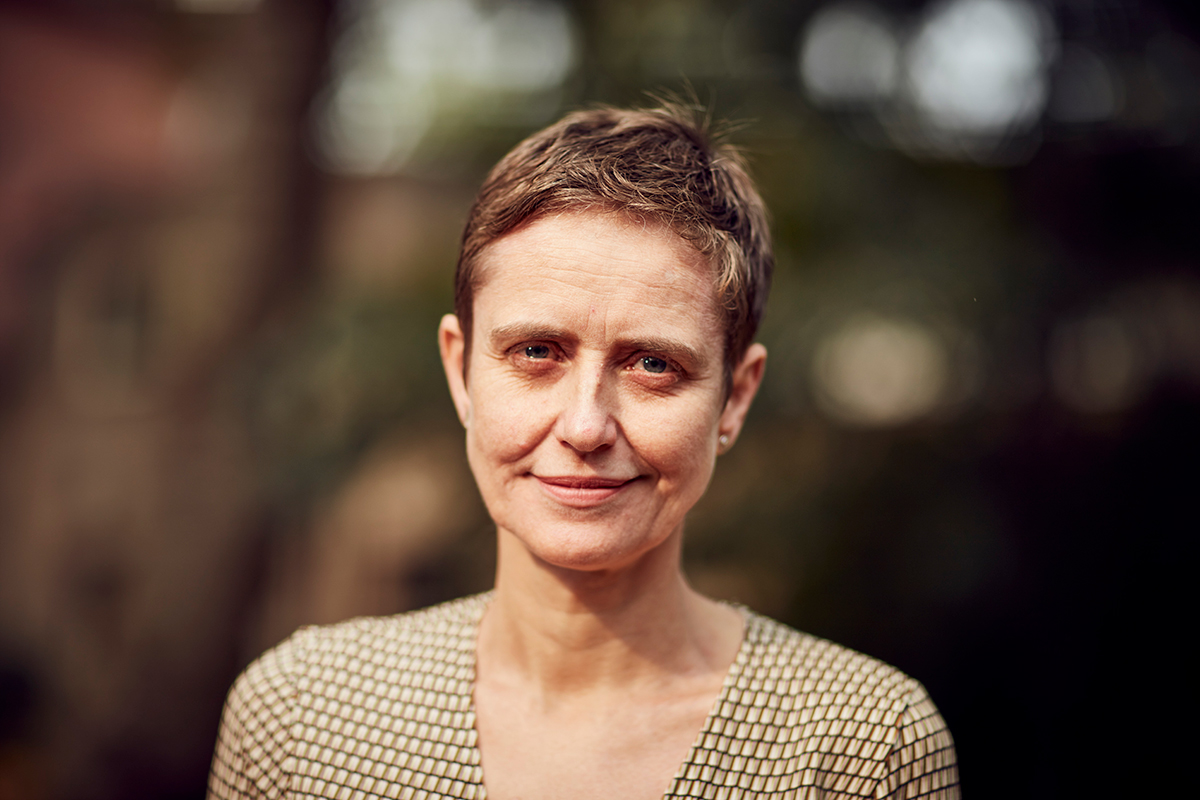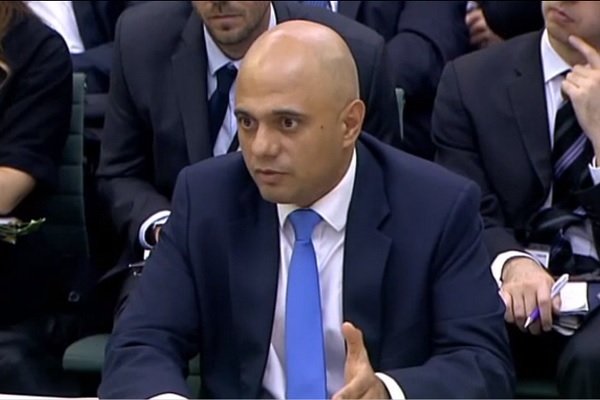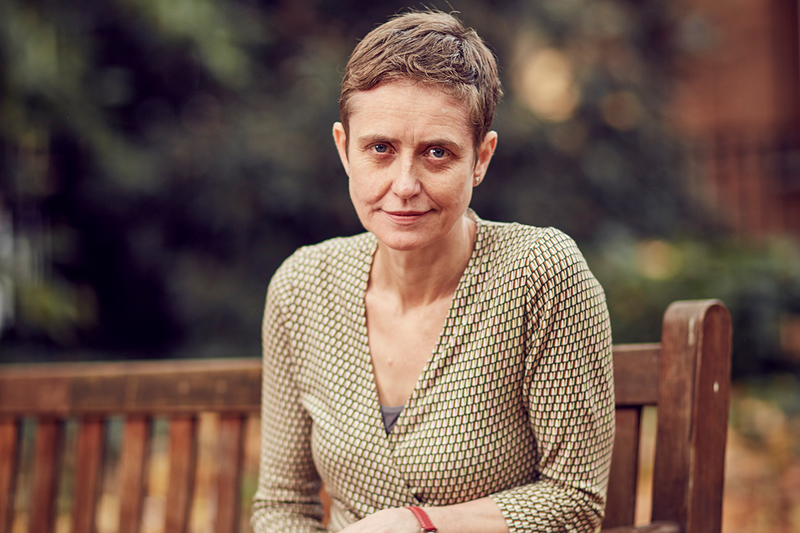You are viewing 1 of your 1 free articles
Housing’s most important job
In July, Maxine Holdsworth took on responsibility for rehousing people who lost their homes in the Grenfell Tower tragedy. In her first interview, she opens up to Martin Hilditch about the rate of progress. Photography by Jon Enoch
Right now Maxine Holdsworth has the most important job in housing.
Four months ago she was director of housing needs and strategy at Islington Council.
Now she’s responsible for rehousing families and individuals who lost homes and loved ones in the Grenfell Tower fire.
She initially got involved in helping out 10 days after the fire, as housing staff from across London were drafted in to belatedly improve Kensington and Chelsea Council’s slow response to the tragedy.
At the start of July she was placed in charge of the rehousing operation. In effect, her job is to sort a crisis on a scale that no living UK housing professional has ever had to deal with. Her task involves everything from quickly sourcing hundreds of new homes, to working with traumatised residents and attempting to rebuild trust with a community that has been so badly failed.
Today she’s giving her first interview since she moved into post.
It comes at a tricky time.
More than 200 families required rehousing following the terrible fire.
We speak just before the four-month anniversary and at the time of going to press just 14 households have moved into permanent accommodation – although 56 offers of permanent housing have been accepted. A further 178 offers have been made for temporary accommodation, of which 59 have been accepted and 45 households have moved in. There has been much criticism about the pace of progress – and by any calculation there is still a huge task ahead.
Inside Housing wants to find out how Ms Holdsworth is planning to deliver, what she thinks of the progress so far and what lessons housing professionals need to learn.
Unprecedented tragedy
Ms Holdsworth comes across as a thoughtful but straight talker. She admits that she felt “humbled but also daunted” when she was asked to take charge of the rehousing of Grenfell Tower residents. “It’s an unprecedented tragedy, so I just didn’t know what I was going into.”
Ten days after the tragedy, when she first got involved, Ms Holdsworth admits there probably weren’t enough staff to cope with the “huge logistical challenge” of sourcing large amounts of housing and working with the families. “There weren’t enough of us in the early days and it had to be scaled up.”
What about today? “At this point, where we are today, yes, there are enough people and it is much easier to plan.”
Today, the number of staff working in the housing allocations team has quadrupled from the five who worked for the council before Grenfell. Each allocations officer works with a small caseload of 10 to 15 families with the intention of making sure that residents get face-to-face contact when they need it.
“Some people are still living in hotels. It is not what we want, it is not what the residents want either.”
While things have improved, looking back does Ms Holdsworth think the criticism levelled at the council in those early days was justified?
“However hard people might have been working, the residents’ experience was chaotic and frightening,” she says. “So we all have to accept that there is a huge amount to be learned.”
This learning is for councils across London as well as Kensington and Chelsea Council, she feels. Up until Grenfell, plans for emergency responses involving joint working between councils “had been reserved for terrorist incidents and that kind of thing”, she states. “So I think many boroughs are reviewing their emergency planning procedures.”
CLICK HERE TO READ ABOUT OUR FIRE SAFETY CAMPAIGN
While the number of staff in place might now be adequate, clearly there is still a big job to be done, with many residents yet to accept offers of temporary accommodation, never mind permanent housing. Has the criticism of the pace of progress been fair?
“We are four months on from the fire and… some people are still living in hotels,” she says. “It is not what we want, it is not what the residents want either and we are really keen to get people moving. So in terms of priorities for me it is supply, supply, supply.”
That task involves finding many more homes than there are households waiting to be rehoused, she states. “We need to be able to give people a choice. So we don’t just need 200 properties, we need to make sure that we have got more than that so people are able to choose the home that they want.”
So far this work has involved acquiring 105 newly built homes in the local area. Ms Holdsworth states that the majority of Grenfell residents spoken to by the allocations team “want to stay in the local area”. Fewer than 20 households want to move somewhere else entirely. Because the numbers are small this has been an easier process to manage and Ms Holdsworth says “some of the people who have moved into their new homes are some of the people who are living in other areas”. Nonetheless, she has “no doubt” that the council will meet its commitment to make a permanent offer of rehousing to all households within 12 months. If households turn offers down? “We’ll make them another. And another.”
Clearly there are challenges. More homes are needed in North Kensington for starters, “so people who want to stay in that area can have that choice”. While a number of homes have been acquired, the majority of them are in one or two locations (68 flats on the Kensington Row development and 31 on Hortensia Road). “We have got quite a number of three-bedroom properties at the moment but they are all in one location,” Ms Holdsworth says. “So if you are a three-bedroom family but you don’t want to live in that location – which is fair enough – there will be a bit of a wait until we manage to get hold of another property that meets your needs. We’ll do this either through arrangements with registered providers as stock becomes available or we will do it by buying properties on the open market if we have got a gap.”
Tenancy worries
As Inside Housing reported last week, there has also been concern from some tenants that their secure council tenancies would be changed to assured tenancies were they to accept an offer of housing from a local housing association. In order to alleviate the worries, tenancy addendums are being added, stating “your additional rights” such as lifetime tenancies and rent levels. Housing associations are also removing additional grounds for possession they have in assured tenancies, Ms Holdsworth says.
“The residents from the area and particularly the residents who were in the fire have a lack of trust in a whole range of institutions that they feel failed them."
Probably the most difficult job of all, however, is rebuilding the trust of traumatised residents.
“It’s a hard job and it is not going to happen overnight,” Ms Holdsworth admits. “The residents from the area and particularly the residents who were in the fire have a lack of trust in a whole range of institutions that they feel failed them.”
The solution? Ms Holdsworth says the allocations team will be judged on its outcomes. “However many offers of accommodation might have been made, if not many people have moved in we need to do something more, different, better.”
There is still a lot of work to be done. Ms Holdsworth says she is driven by the need to improve performance and most importantly the end result for Grenfell families.
“We are constantly, every day, every week, looking at what we are doing and the progress, and saying ‘is it good enough?’” she adds. “So we do loads and loads of analysis to try and really understand what people want and if we are not getting it right, what we need to do.”
IH Meets
IH meets is a series of profile interviews, where we meet a different figure within or connected to the housing sector.
Interviews:
August 2018: Gary Porter
June 2018: Peter Denton
March 2018: Rebecca Evans
March 2018: Nick Walkley
March 2018: Sinead Butters
February 2018: Nicholas Coombe
January 2018: Eddie Hughes
November 2017: Melanie Onn
October 2017: Maxine Holdsworth
September 2017: David Orr
















